The Chemical-Free Yard Cleaning Guide is a guide to chemical-free cleaning developed by Maria Nordin. Learn the secrets of cleaning a chemical-free yard from this post.
1. Do not use detergents containing harmful substances and especially do not leave them on surfaces.
- Using antibacterial products at home is completely pointless.
- Liquid detergents contain mostly water and because they contain water, they also contain preservatives that are harmful to health and the environment.
- Preservatives kill even beneficial microbes – on surfaces and in the human body.
- Avoid detergents and cleaning products that contain synthetic fragrances.
- The combination of toxic cleaning agents and the leave-on cleaning style is the most harmful. In the leave-on technique, detergent is used, but it is not rinsed off the surfaces. When the surface dries, the liquid contained in the detergent evaporates into the air. Harmful chemical substances remain on the surfaces and are ground into dust. Microscopic dust particles are transported into the body through the air we breathe.
2. Use detergents you could eat
- The idea behind chemical cleaning is to remove unnecessary microbes and use mostly mechanical methods.
- No chemical methods.
3. Soak, don't blow
- The best way to deal with stubborn dirt is time.
- Moistening and fifteen minutes are all that is needed for the puree that has dried on the table.
- Burnt grease on a baking sheet requires a pinch of baking soda and half an hour.
4. Don't stress – find balance
- Back in the 90s, it was thought that cleaning would reduce allergies.
- It is only now that it has been understood that maintaining health and developing immunity requires a little dirt and good microbes.
5. Don't clean in good weather
- On a sunny day off, it's worth heading outside, even if cleaning day is marked on the calendar.
- In sunny weather or severe frost, the air humidity is on average drier than in rainy weather.
- When the air is dry, dust mostly floats in the air and does not settle on surfaces.
- Clean on a rainy day when the dust is heavier and easier to wipe off!
- On sunny, frosty days, after a snowfall, it's a good idea to give your carpets and other home textiles a proper snow wash. Rub the snow onto the surface of the carpet, brush or tamp it away. Your carpets will look really fresh!
6. Don't do everything at once
- Organize your belongings in the evening and clear the floor space.
- Only vacuum or wipe dust that has settled on the floors in the morning.
- TIP: In severe winter weather, you can temporarily increase the humidity in your home by drying your laundry in the living room. Dry your laundry in the evening and vacuum or sweep any dust on the floors in the morning.
7. Playing with pH
- Human grease requires a slightly alkaline detergent, so the pH of the detergent should be above 7. An alkaline detergent can be made using baking soda or baking powder.
- Limescale deposits, on the other hand, are best removed with a slightly acidic detergent – examples of acids include lemon juice, Coca-Cola, and vinegar.
8. Use only natural fragrances
- Conventional room fragrances, air fresheners or detergents contain artificial fragrance chemicals.
- Synthetic fragrances last a long time because they contain, for example, phthalates, which are known to disrupt human hormone function.
- If you want your home to smell good, use natural scents such as essential oils, floral waters, or spices.
BENEFITS OF CHEMICAL CLEANING
- Reducing the use of harmful substances improves health.
- You save space when you don't have to have an arsenal of jars at home.
- You can save tens of euros a year by not having to buy cleaning products.
- Environmentally harmful substances do not enter waterways.
- The amount of plastic waste is decreasing.
KITCHEN
Kitchen cleanliness is especially important for health. However, toxic cleaning products should not be used even in the kitchen, as detergent residues left on surfaces can leach into food.
However, in the kitchen you need substances that remove grease and stubborn stains. For example, bar soap made from olive oil does not contain irritating additives. A high-quality microfiber cloth also removes grease from surfaces.
When washing dishes, you can use bar soap as is to remove grease, or you can grate it and use it to make a cleaning solution.
Washing dishes:
Liquid products contain, in addition to the active ingredient, water or another substance that dilutes the product for use. Transporting diluted substances around the world puts a strain on the environment.
In addition, liquid products are susceptible to spoilage, so preservatives are added to the products.
Preservatives are often harmful to humans as well as microbes. Preservatives commonly used in liquids are allergenic and sensitizing. One very harmful preservative commonly used in household cleaners and cleaning products is methylisothiazolinone.
Bar soap for counters
Many people doubt the hygiene of bar soap. However, the original purpose of soap was never to kill microbes, but to remove dirt and grease from the surface. The substances removed by soap are rinsed away with water, and bacteria are not killed with unnecessary chemicals.
This is how to wash dishes with bar soap
Individual dishes:
- Apply a bar of soap with a damp dish brush
- Wash a dish or dishes
- Rinse the dishes
- Rinse or wipe the soap surface after use
A slanted stack of dishes:
- Fill the sink with water and put the dishes in the water.
- Wash the dishes and, if necessary, scrub with a damp dish brush and a bar of soap.
- Empty the water from the sink and rinse the dishes with clean water.
- Rinse or wipe the soap surface after use
Store bar soap on a surface where it can dry between uses.
Liquid cleaner for the kitchen:
5 teaspoons salt
5 teaspoons baking soda
1 tablespoon grated bar soap
5 teaspoons orange blossom water (available at the grocery store)
3 dl water
TIP: Remember to clean the tops of your kitchen cabinets once a year. Studies show that there may be dust on your countertops that is up to five years old. Dust absorbs chemicals from the air in your room, so dust on your cabinets is a real chemical bomb. To clean your countertops in your kitchen, you will probably need a degreaser, such as soap or baking soda.
Spray the product onto the surface, let it work and brush or wipe away.
Cleaning stubborn dirt:
The products sold for cleaning ovens and stoves are the most toxic of all – for no reason.
Even the dirtiest oven or stove can be cleaned with a substance found in your pantry: baking soda. Cleaning a ceramic stove with a steel spatula is a great way to avoid using harmful substances.
Cleaning the stove and oven trays:
spray water on the stove
- sprinkle baking soda on the surface
- go over the area to be cleaned with a dish brush
- leave for half an hour
- scrub stubborn areas with a sponge
- wipe with a damp microfiber cloth
- A steel spatula is needed for a ceramic hob.
- Cleaning the oven and oven trays:
- Make a paste of baking soda and water.
- apply the paste
- leave for half an hour
- scrub stubborn areas with a sponge
- wipe with a damp microfiber cloth
Cleaning a clogged coffee maker
- Pour 1 dl of vinegar into the coffee maker's water tank.
- fill the tank with water
- click on the coffee machine
- throw away the “boiled vinegar water”
- Wipe the inside edges of the tank with a microfiber cloth.
- Boil two pots of clean water in the kettle.
TOILET AND BATHROOM
The toilet is usually the dustiest place in the home, as the ventilation is designed so that the toilet has an exhaust valve. The exhaust valve is often located on the bathroom wall or ceiling.
TIP: Test the bathroom ventilation. If the sheet of paper stays on the exhaust vent due to the airflow, the bathroom ventilation can be assumed to be working.
Even in the bathroom, the use of antibacterial products is not justified. The best cleaning principle in the bathroom is to remove bacteria from the surface, for example with a dilute baking soda solution, and then rinse the spills with water down the drain.
Cleaning sinks, toilets and bathtubs
Even the dirtiest places can be cleaned safely.
Basic cleaner:
5 teaspoons salt
5 teaspoons baking soda
1 teaspoon grated bar soap
5 teaspoons rose water (available at the grocery store)
3 dl water
Spray the product onto the area to be cleaned. Scrub with a brush or sponge. Rinse with water or wipe with a microfiber cloth.
Cleaning shower glass walls and mirrors
Glass surfaces leave light stains from soap and water. The gardens contain alkaline lime, for which the best “antidote” is acidic vinegar. It is always a good idea to keep a spray bottle of vinegar diluted with water in the bathroom .
Glass and mirror spray:
- spray bottle
- 1 part vinegar
- 3 parts water
If you wish, you can add a few drops of essential oil to the mixture, fresh scents such as peppermint or eucalyptus are suitable for the bathroom . Spray the product on glass or mirror surfaces. Let it work for a while and wipe with a damp microfiber cloth or rinse under the shower. Dry with a circular motion with a microfiber cloth to avoid streaks on the surface.
Faucets
The vinegar spray also removes limescale stains that accumulate on faucets. Basic detergent cleans the rest.
- Spray with vinegar solution
- Brush with a scrub brush whose bristles reach even the most difficult crevices.
Sinks and floor drains
If your bathroom sink drains poorly or becomes completely blocked, do not resort to chemical drain openers (Home Plumber or others). Anyone can clean your bathroom sink. You can find more detailed instructions online, for example on the Kemikaalitutka.fi website. However, if you do not dare to open the odor trap yourself or, for example, cannot open it on your own, try
this tip:
Opening the sink – emergency measure
- Pour 1 dl of baking soda and a splash of water into the sink.
- Let the substance act for half an hour.
- Pour 1 liter of boiling hot water down the drain
- After cleaning, install a hair catcher in the sink to prevent hair from accumulating in the odor trap.
Floor drain cleaning
A musty smell in the bathroom is often caused by a dirty floor drain with hair in it. Hair hanging in the floor drain grate can dry out the drain, allowing the sewer smell to enter the apartment. Sewer smell is harmful to your health, so it is worth taking care of the functionality of the floor drain water trap.
- Modern floor drains have a separate black plastic part that can be lifted out.
- Clean the loose parts and install them tightly.
- After cleaning, install a floor drain filter, such as those sold in supermarkets. The floor drain prevents hair from getting into the floor drain.
TIP: A bottle of vinegar, a jar of baking soda, and a floor drain filter are great housewarming gifts for a young person moving into their own apartment.
Tile joints
Reddish yeast growth or grayish, spotted mold growth may form in the joints of the tiles. Surface mold can be a sign of moisture damage, but in some cases the tiles will also become discolored. Discolored joints can be cleaned with a soda-salt mixture.
TIP: If spots appear on the seams soon after cleaning, it could be moisture damage. Call a professional.
FLOORS
As elsewhere, when cleaning floors, it is worth focusing on mechanical methods rather than chemicals.
Cleaning methods. Floors are best cleaned with a microfiber cloth.


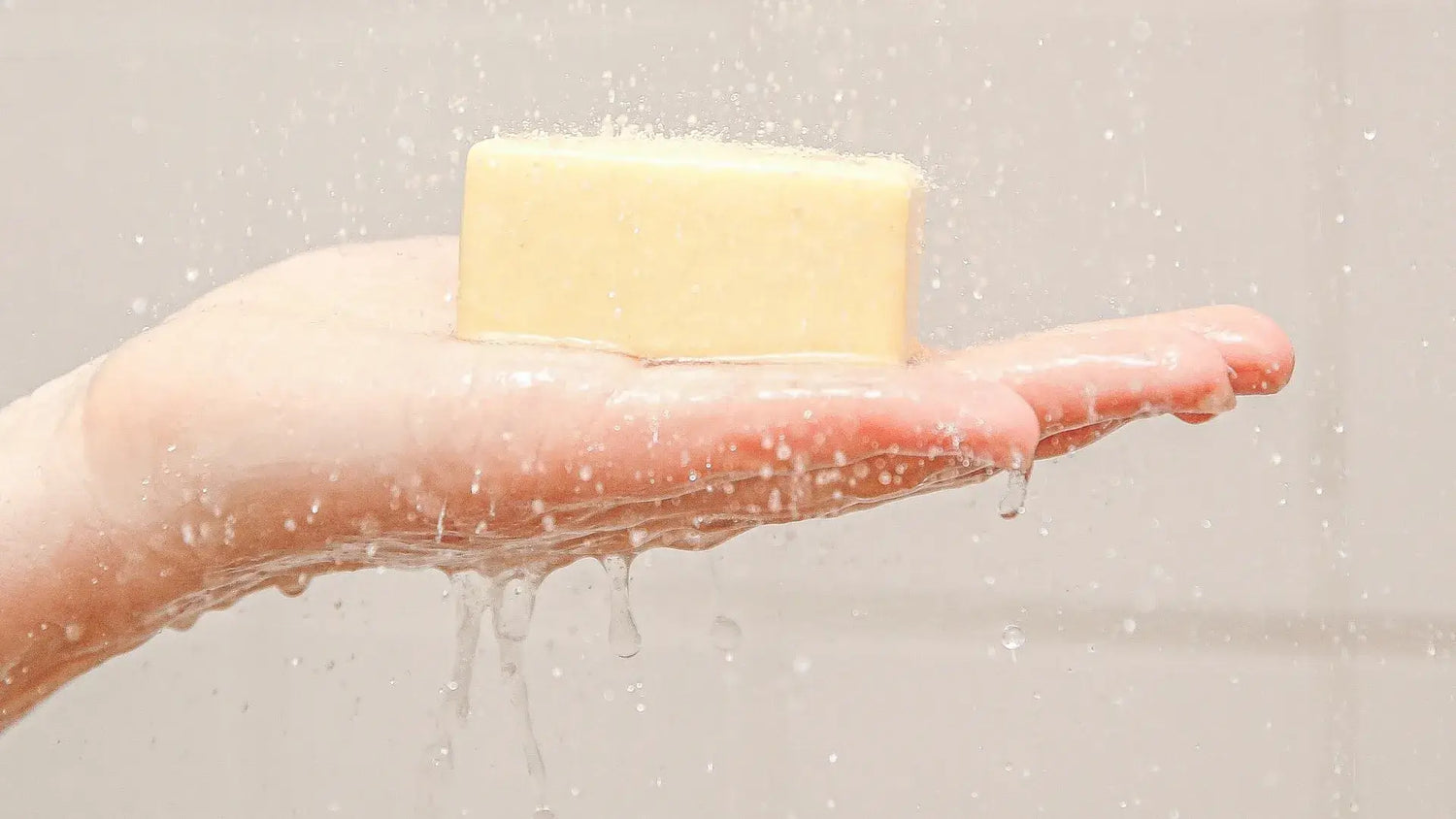
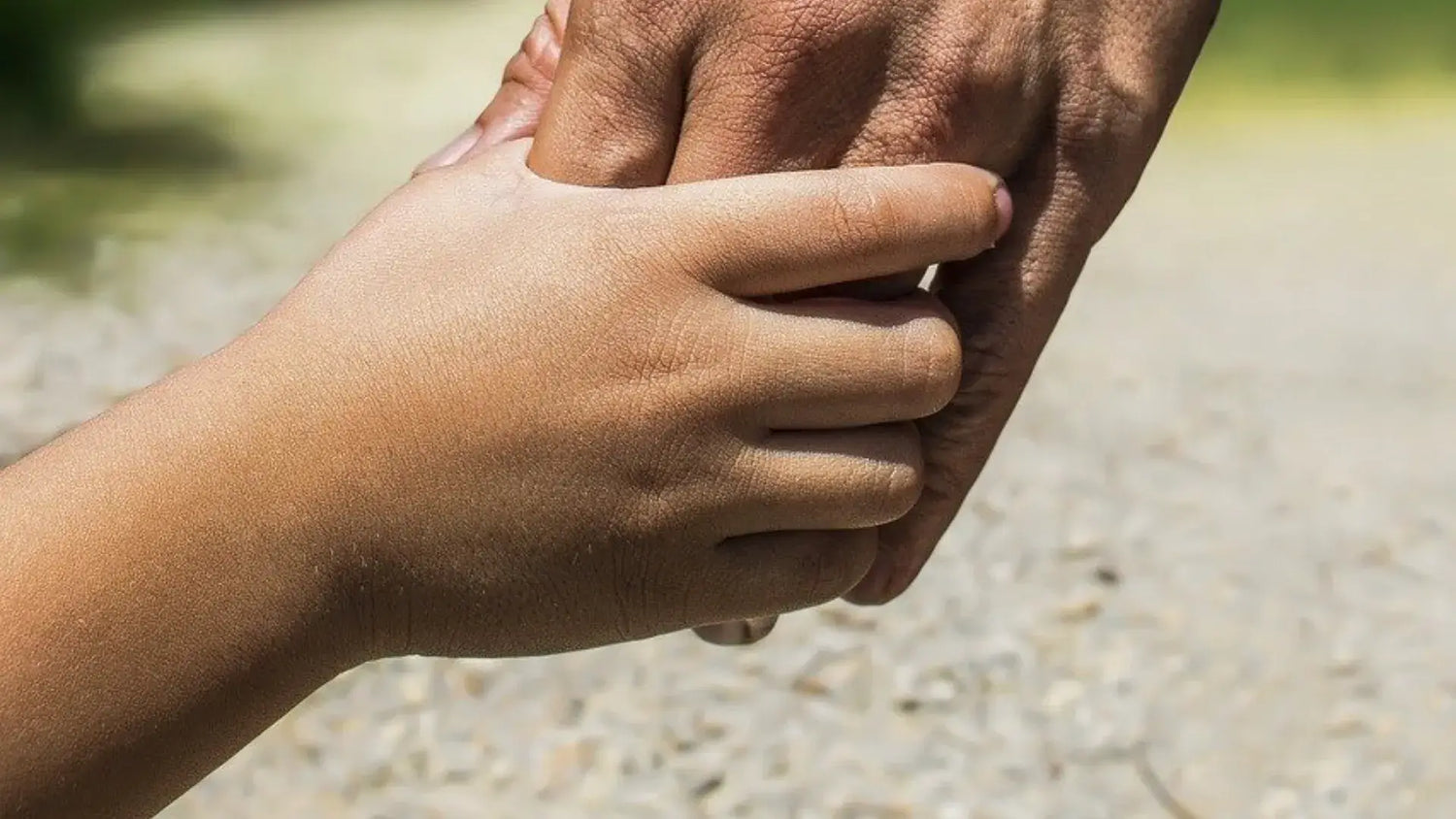
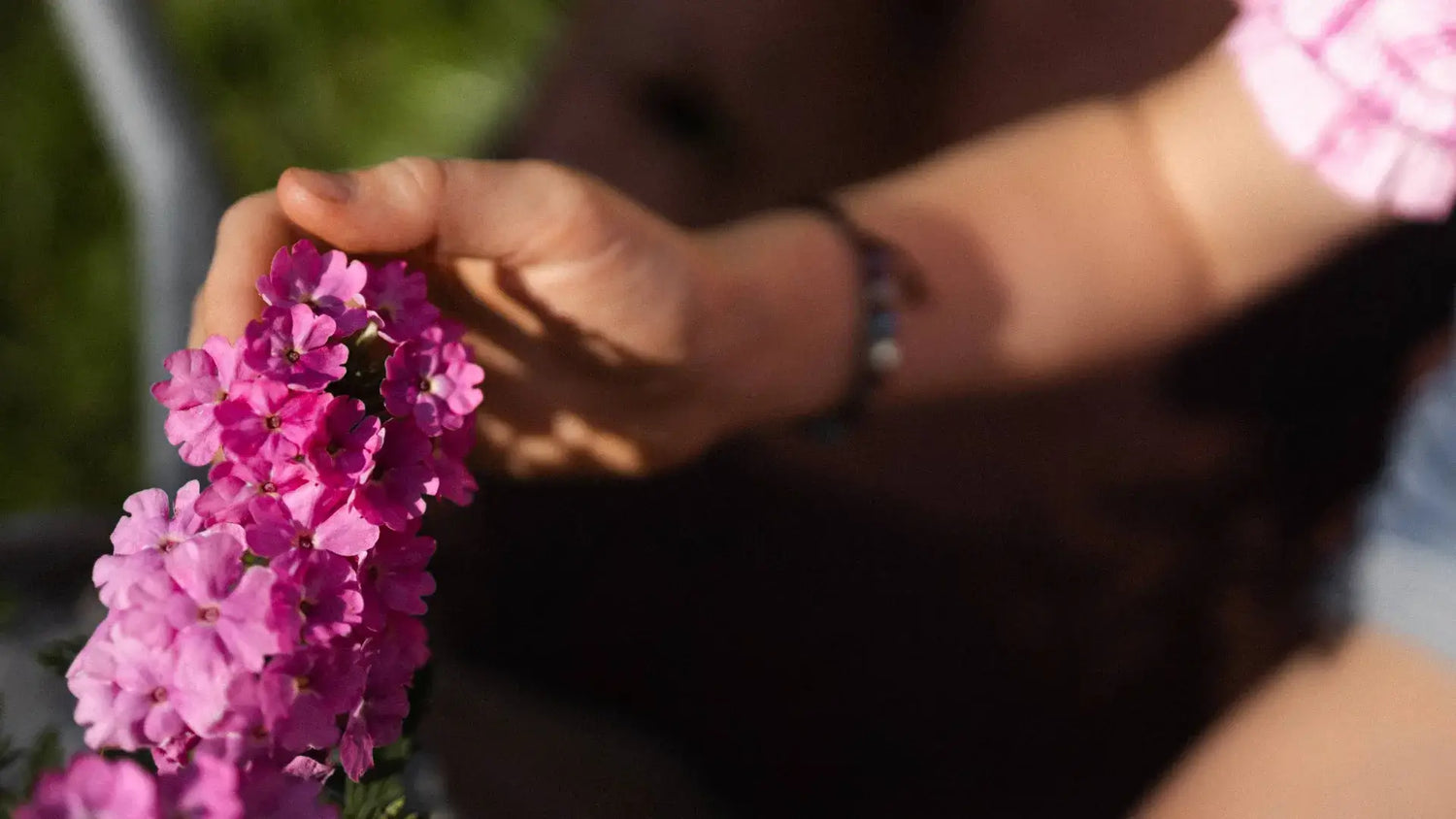
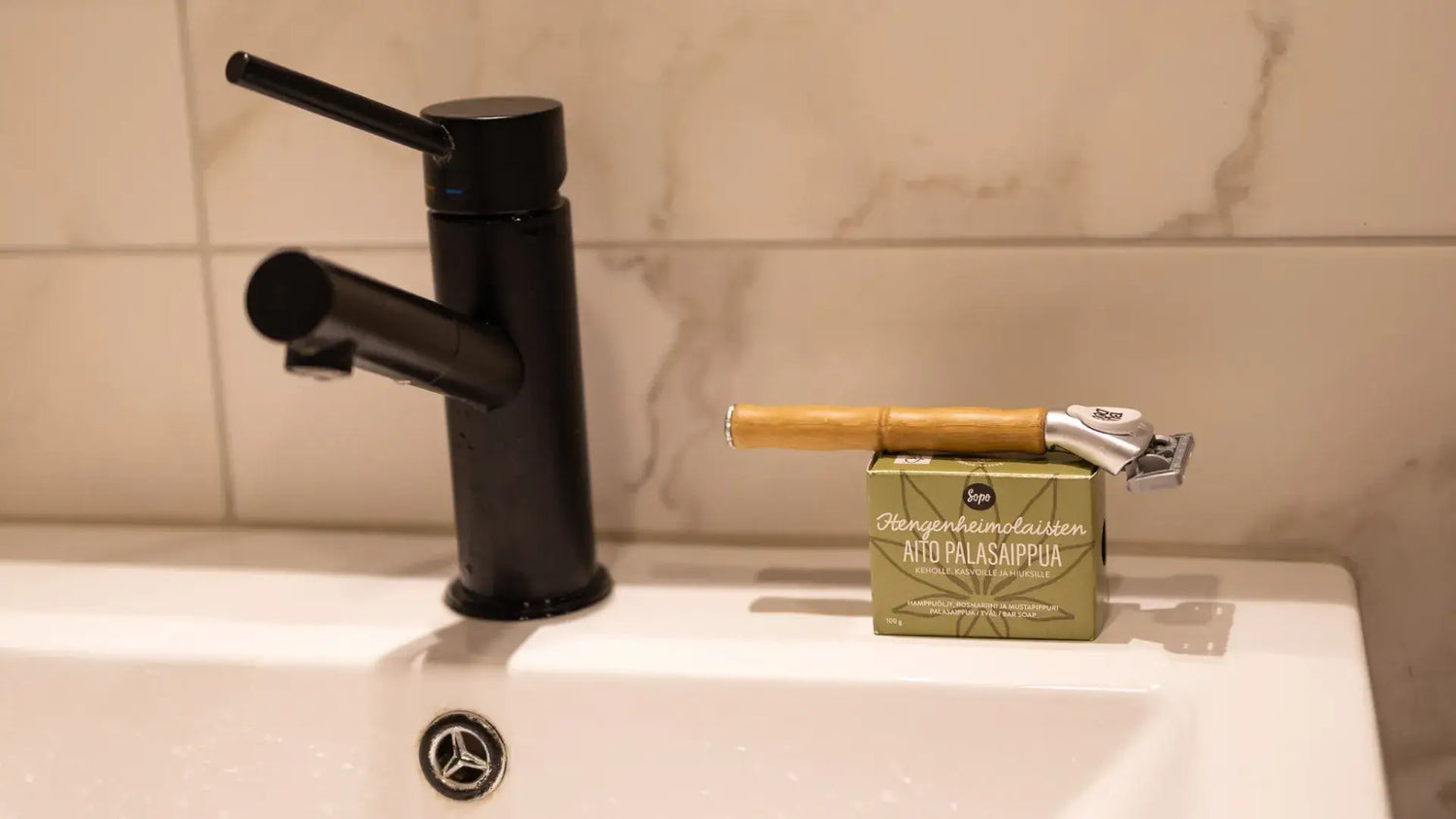
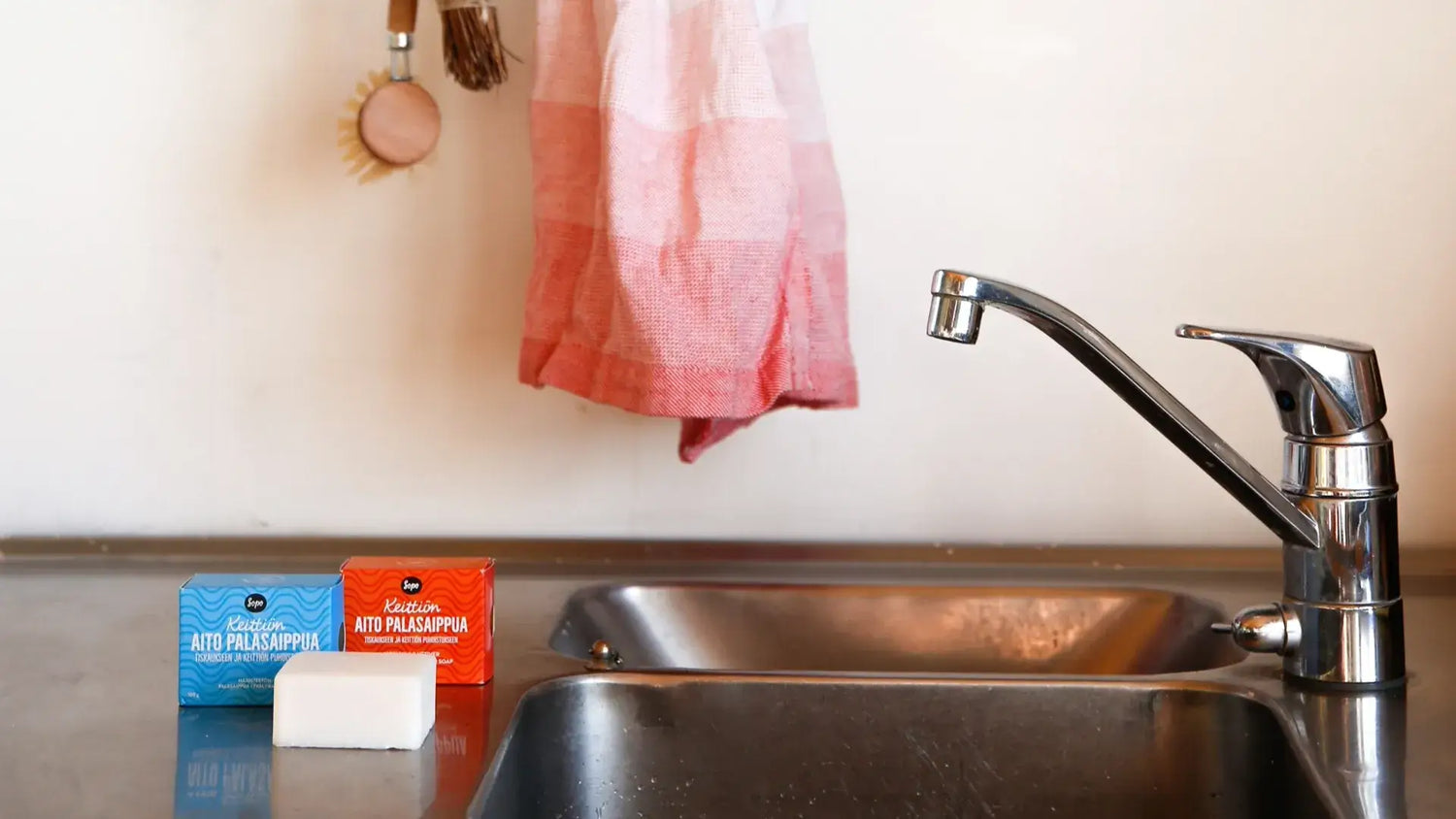
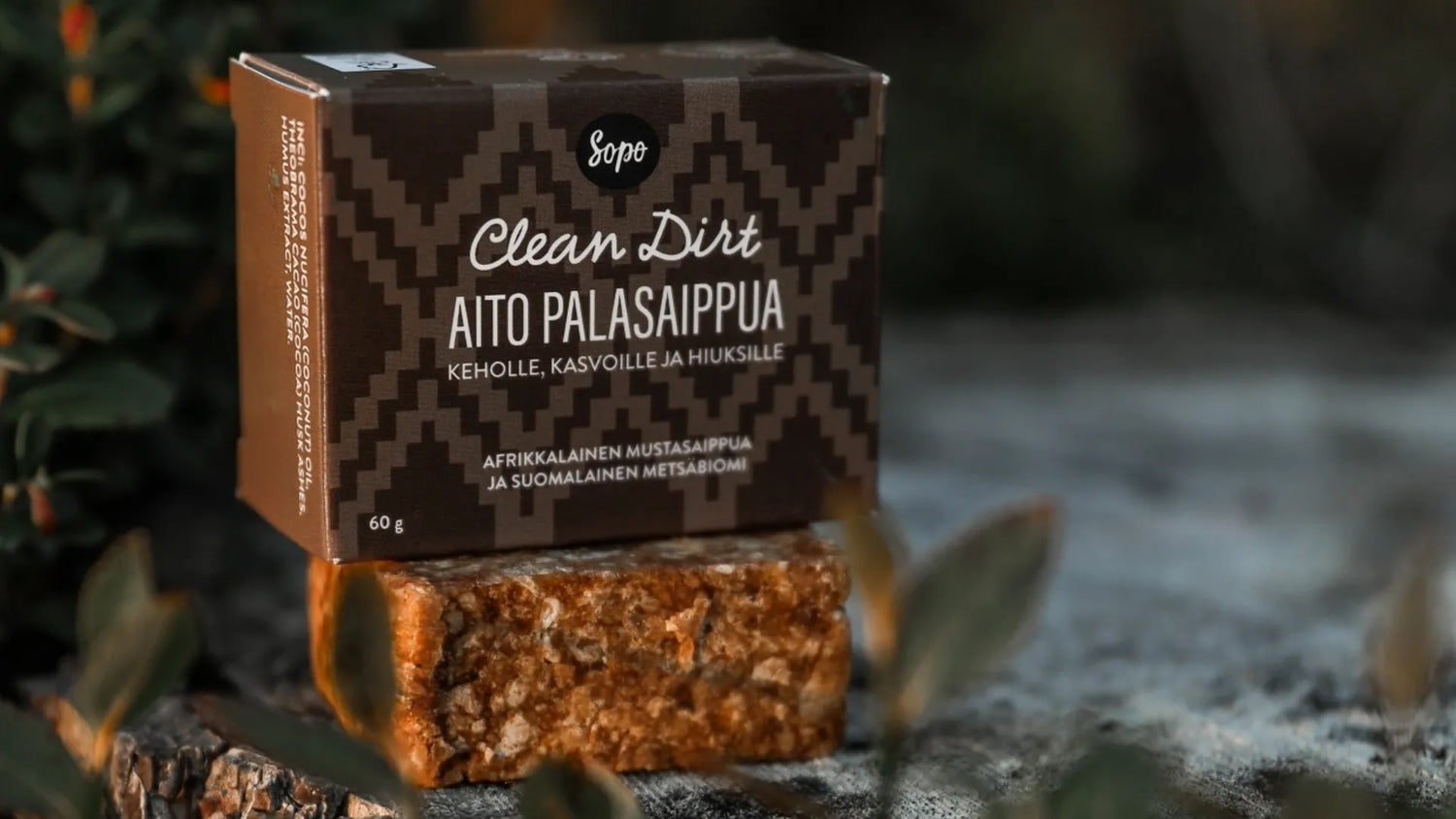
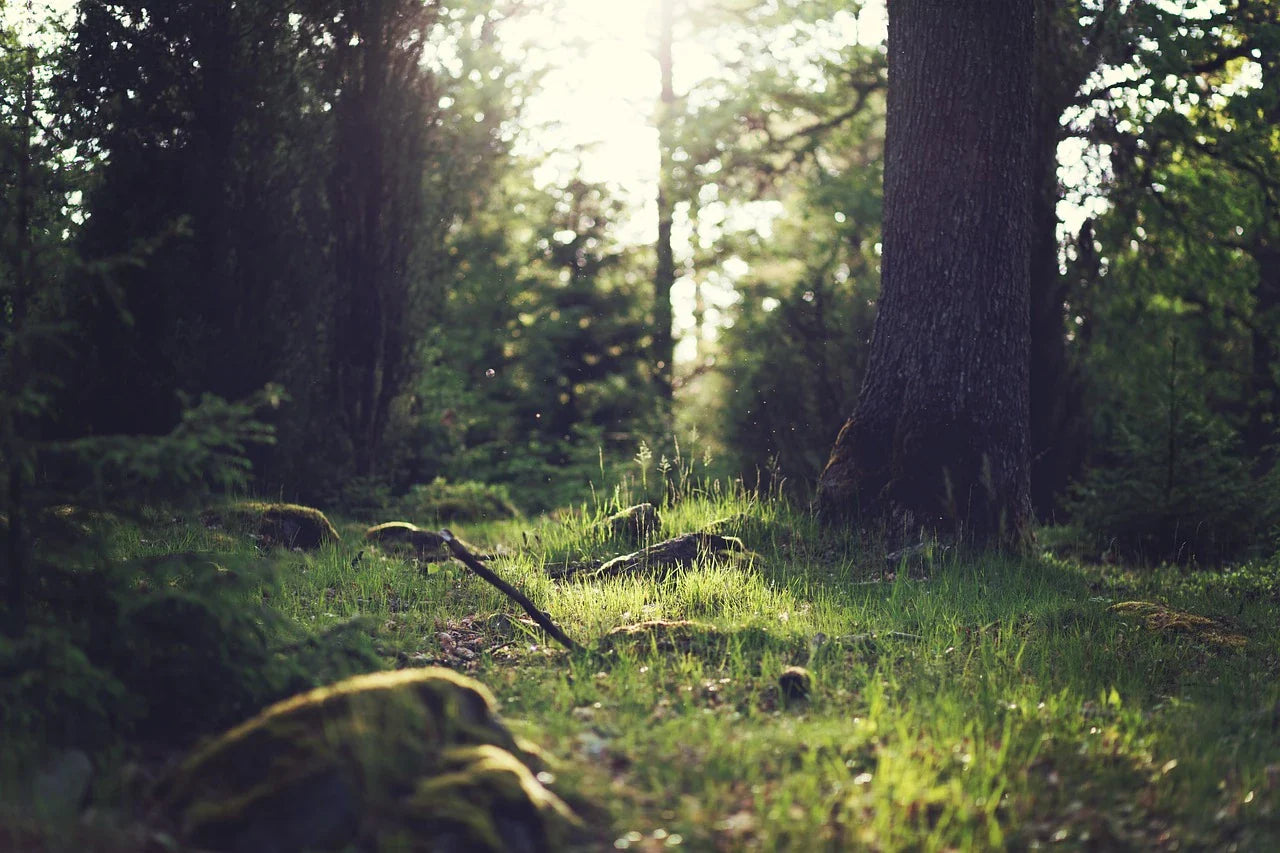
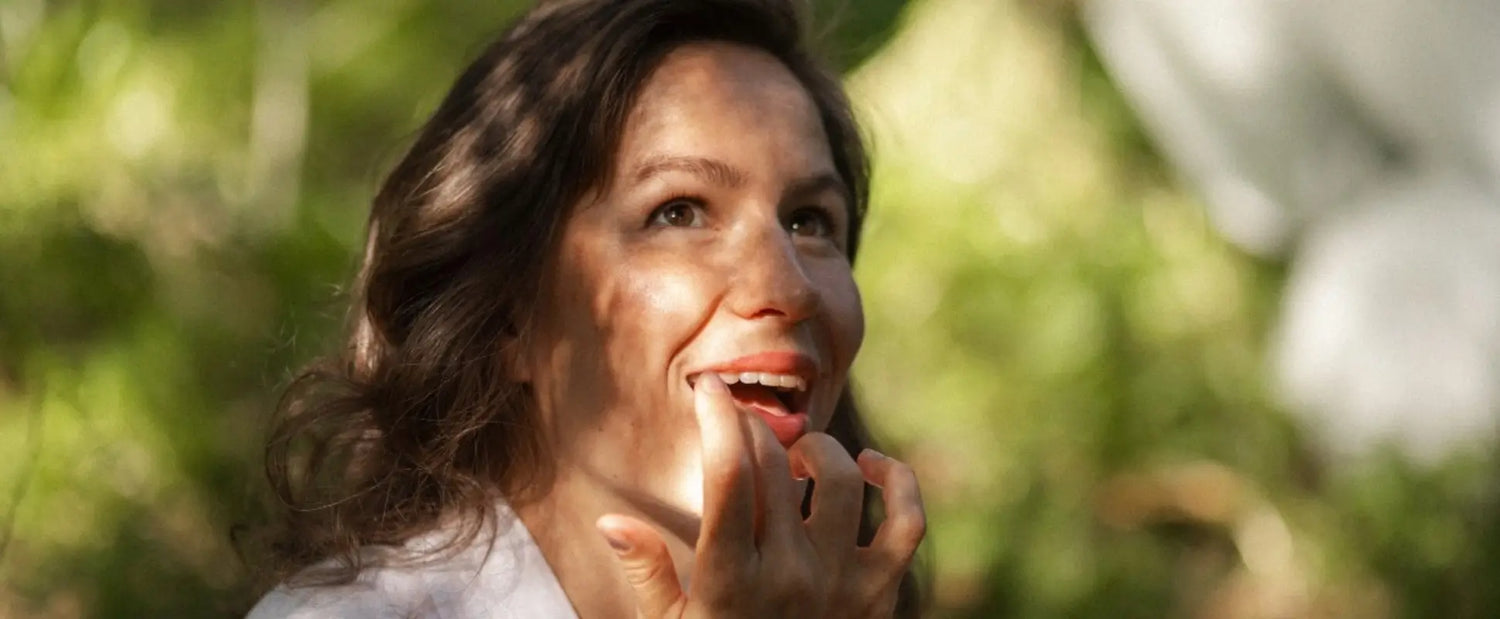
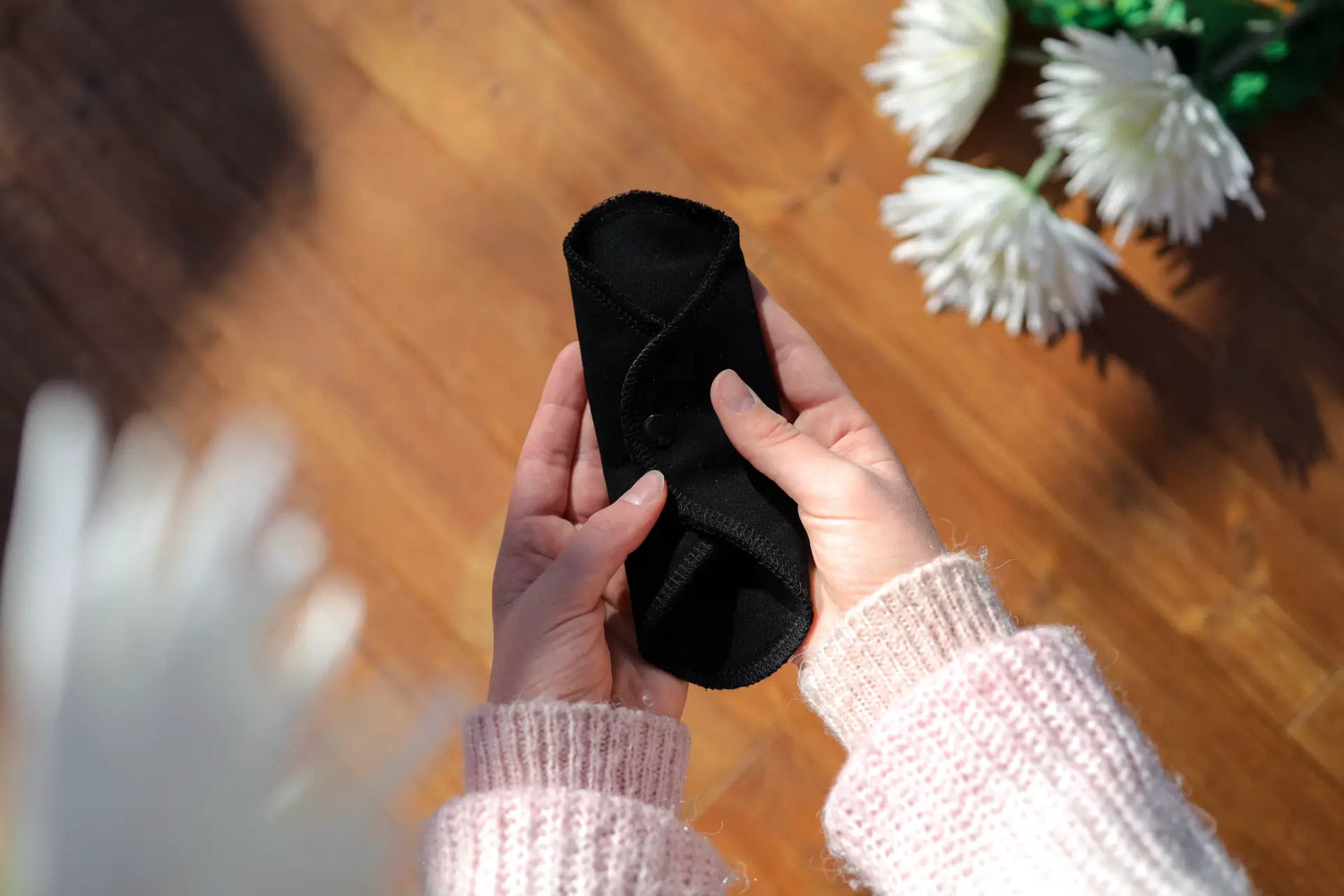
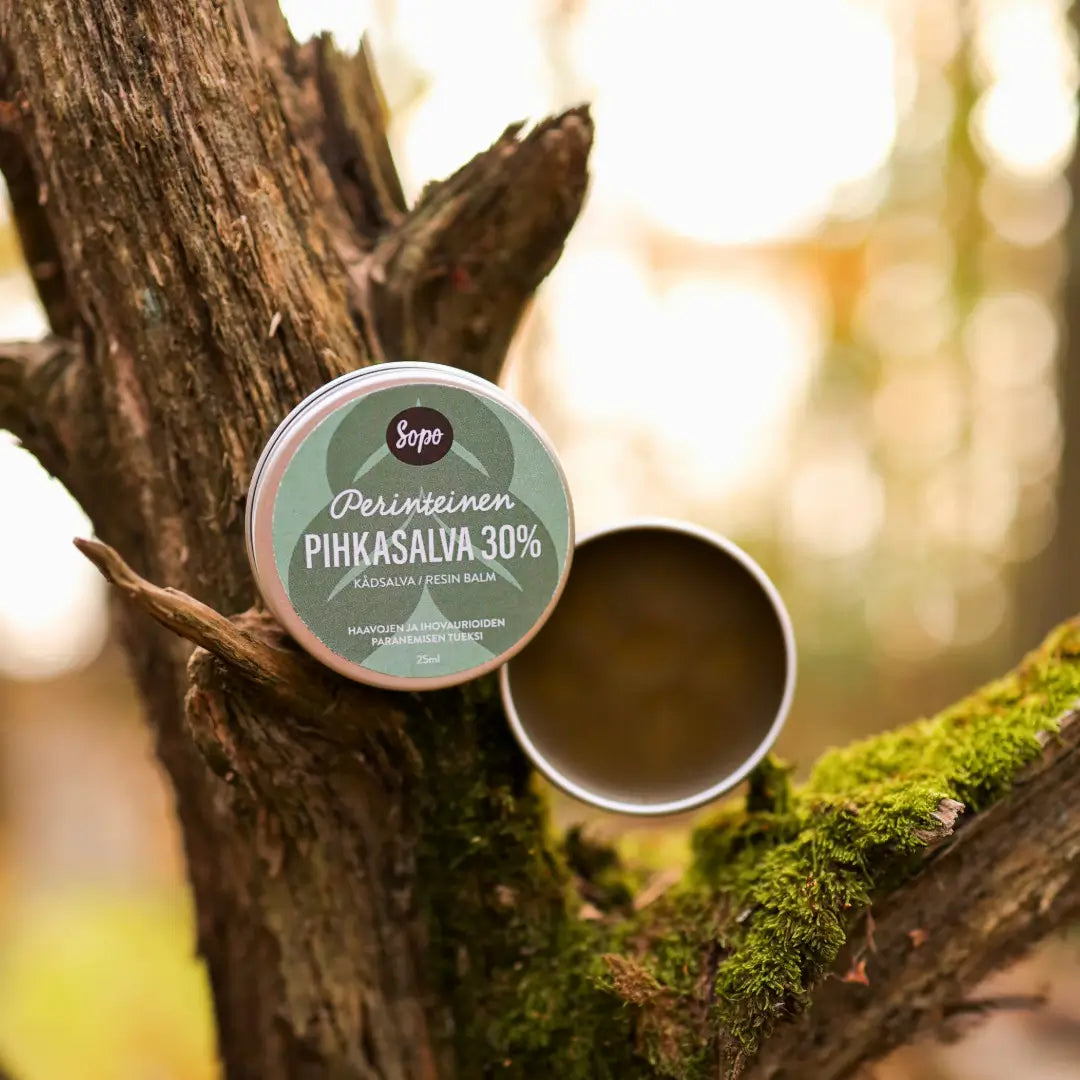
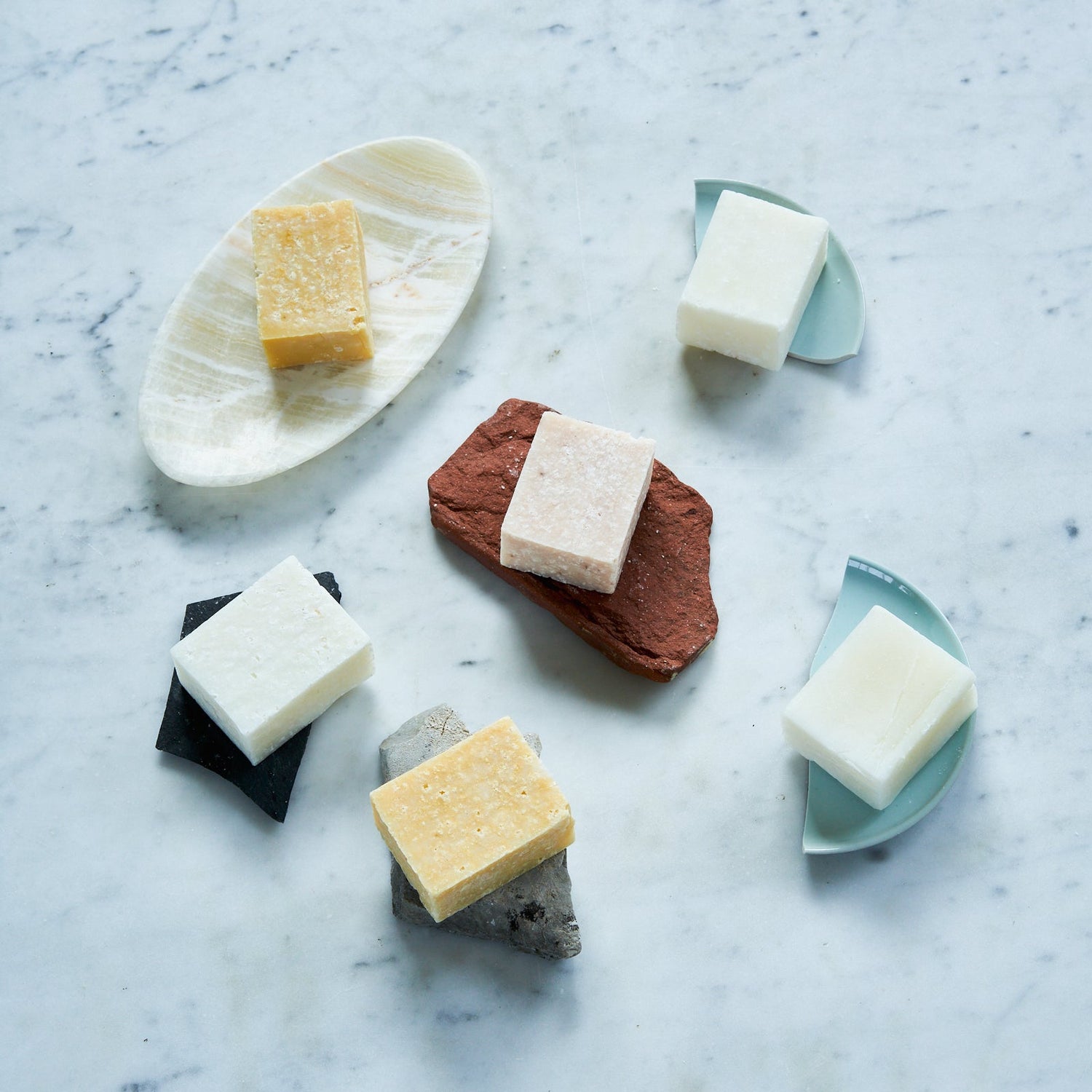

1 comment
Meille tuli kesällä koiran pentu ja tuntui ihanan turvalliselta pestä vahinkoja lattioilta sopon tuotteilla koska pentu oli utelias ja tuli tietty siivotessa heti tutkimaan (haistelemaan ja nuolemaan) lattioita. Kiitos <3